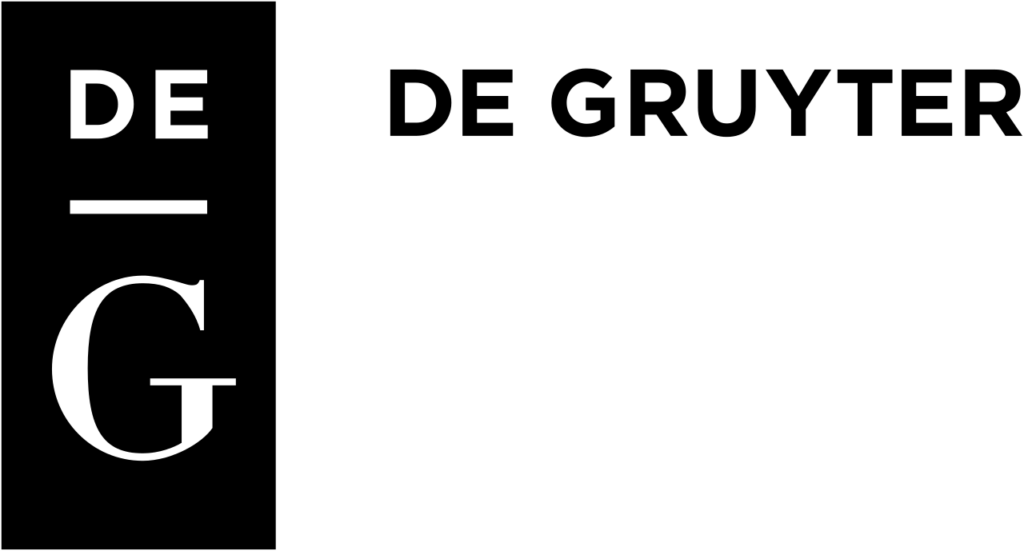
About this book
How does a quantum computer work and how can photons be used to transmit messages securely? Intended for engineering and computer science students, this introduction to quantum technologies presents the fundamentals of quantum computing, quantum communication, and quantum sensing without requiring extensive previous knowledge of physics.
- Quantum technology – one of the key technologies for our future.
- Concise introduction in today’s research.
- Examples with solutions and in-depth calculations.
Author / Editor information
Rainer Müller is working in Physics Education Research (PER). He received his Ph. D. in 1994 at the Universität Konstanz in Theoretical Physics in the group of J. Audretsch. His research area was quantum field theory in curved spacetimes and accelerated reference frames (Unruh effect and Hawking effect). He then moved to theoretical quantum optics during a two-year stay at the Ludwig-Maximilian-Universität München with A. Schenzle. Afterwards, he did his Habilitation in Physics Education Research at the same University in the group of H. Wiesner. The subject of this work was to explore the possibilities of teaching a modern view of quantum physics in school. Since 2002, he is professor for Physics and Didactics at the Technische Universität Braunschweig.
His research on the teaching and learning of quantum physics has continued ever since 1995. He was active in the exploration of student misconceptions in the area of quantum physics. He has developed a research-based modern course on quantum mechanics (milq) in which the conceptual issues of quantum mechanics are taught at an introductory level. In the milq project, virtual laboratories – based on computer simulations of the double slit experiment and the Mach-Zehnder interferometer – are used to let the students discover how quantum phenomena deviate from our classical everyday experience. The milq concept has been empirically tested (Müller & Wiesner 2002). The results of the evaluation show that the majority of the students acquired appropriate quantum mechanical conceptions, and that many of the common misconceptions encountered in traditional instruction have been avoided. To supplement the milq course, a comprehensive internet learning platform on the basics of quantum mechanics has been developed (milq.tu-bs.de). Presently, it consists of a few hundred pages of manuscripts, simulations, and applets. It is visited by several thousand users each month. In Physics Education Research, the milq concept has acquired the status of a gold standard, against which other conceptions are tested. Its elements have been widely adopted in schools and have entered the curriculum recommendations of several German federal states and of the Conference of the Ministers of Education and Cultural Affairs. He will be one of the coordinators for education in the EU Quantum Flagship Project.
Besides his scientific and educational publications, Rainer Müller is the author of well-respected university textbooks on classical mechanics (de Gruyter, 2009) and thermodynamics (de Gruyter, 2013). He is also editor of the renowned high school text book series “Dorn/Bader Physik”, which is the market leader in several German federal states.
Franziska Greinert has completed her M. Ed. thesis on experiments with single photons and entangled photons for use in the education of first-year students in 2019. She is currently working towards her Ph. D. thesis on the standardisation of quantum technology education for building the quantum workforce.
